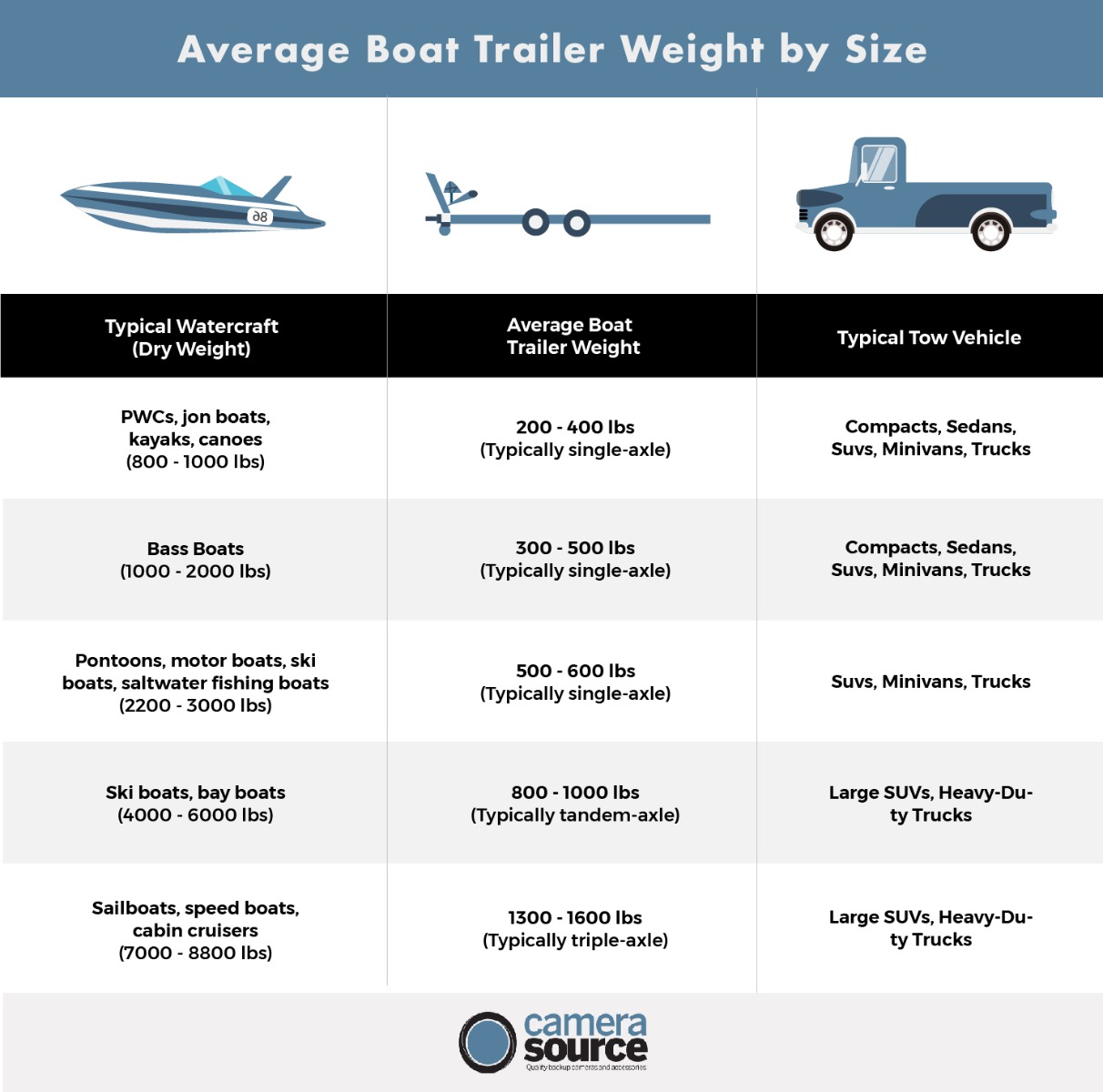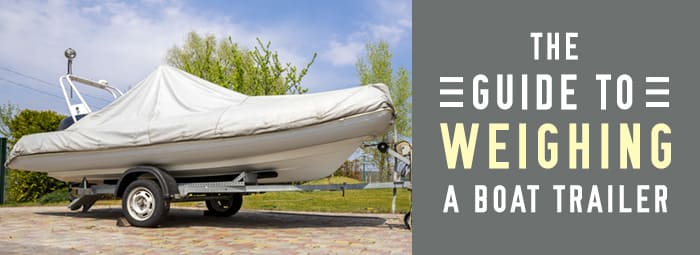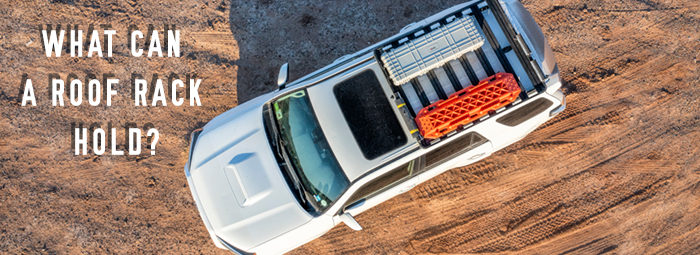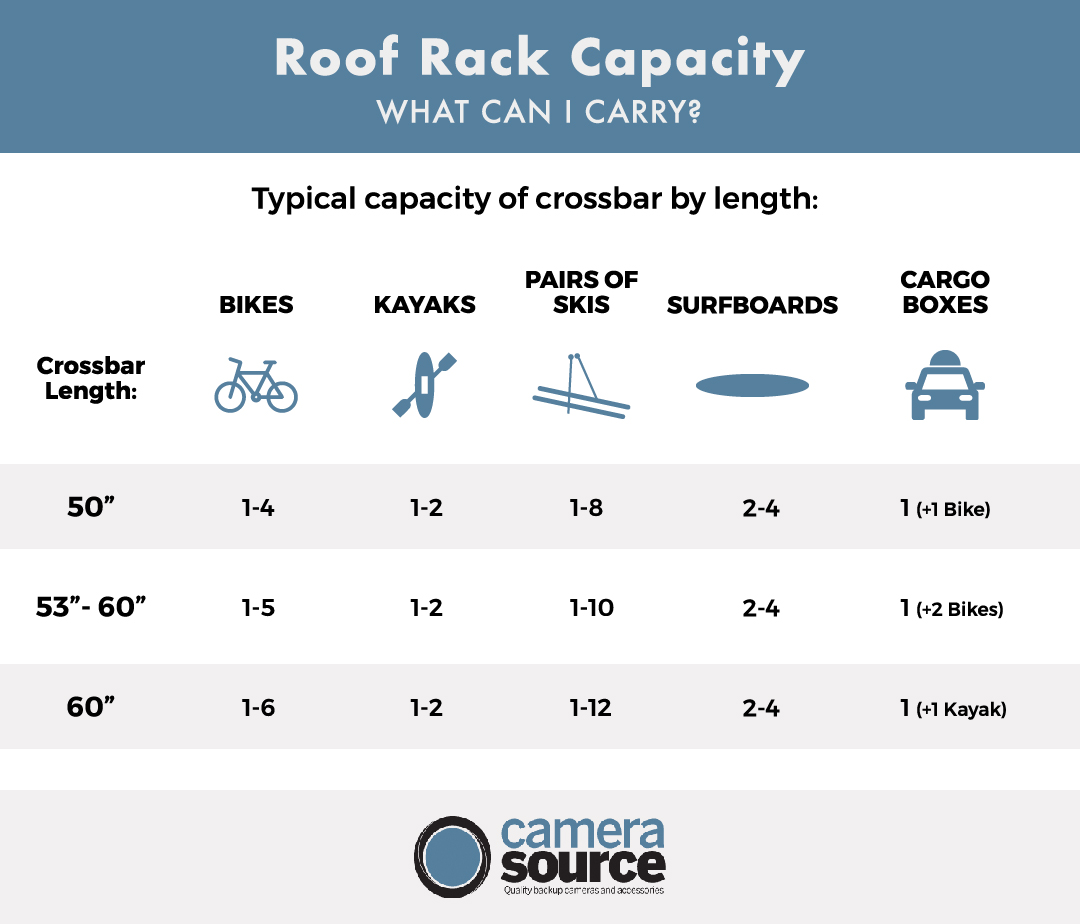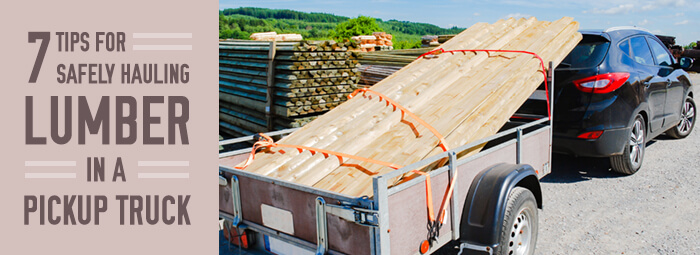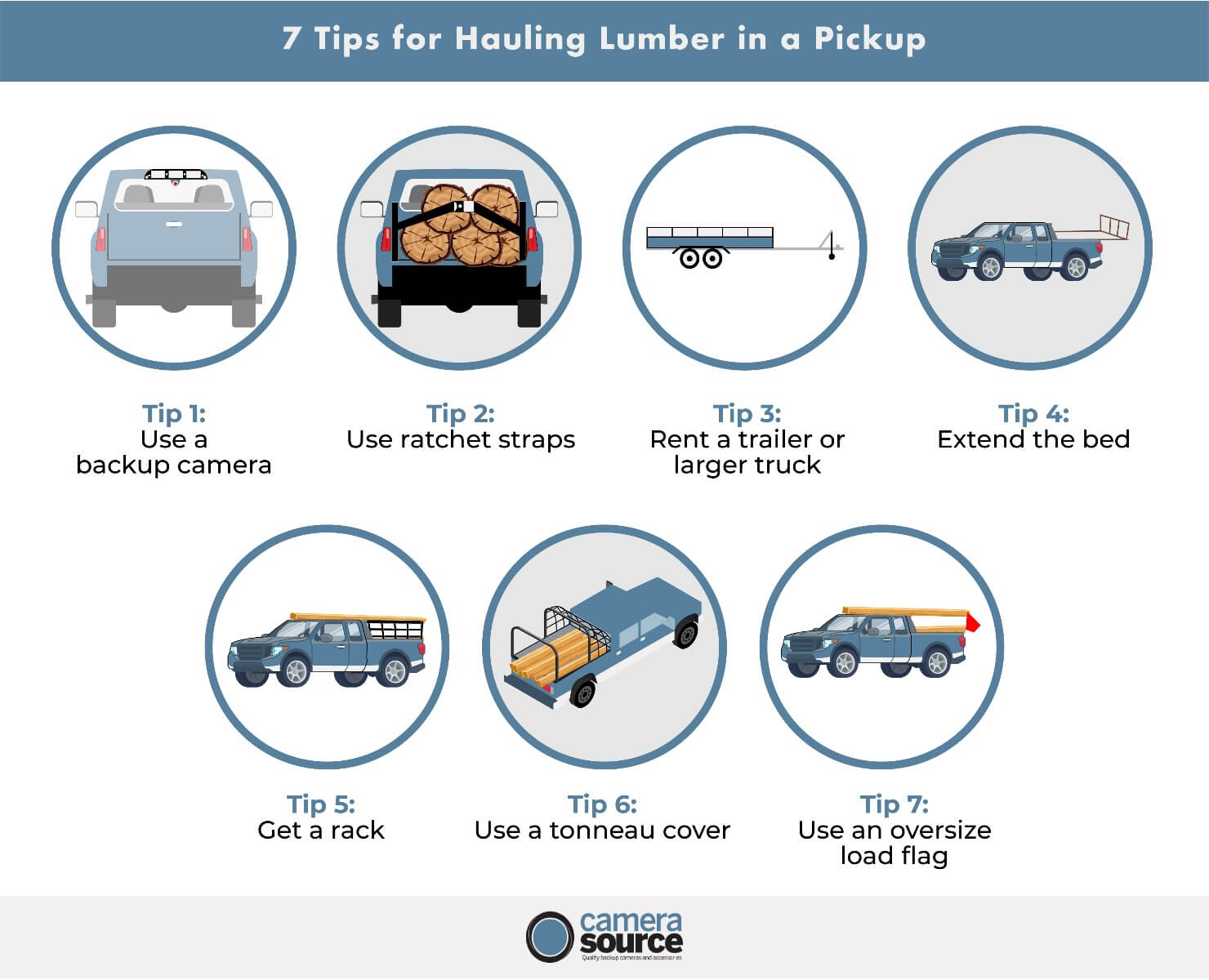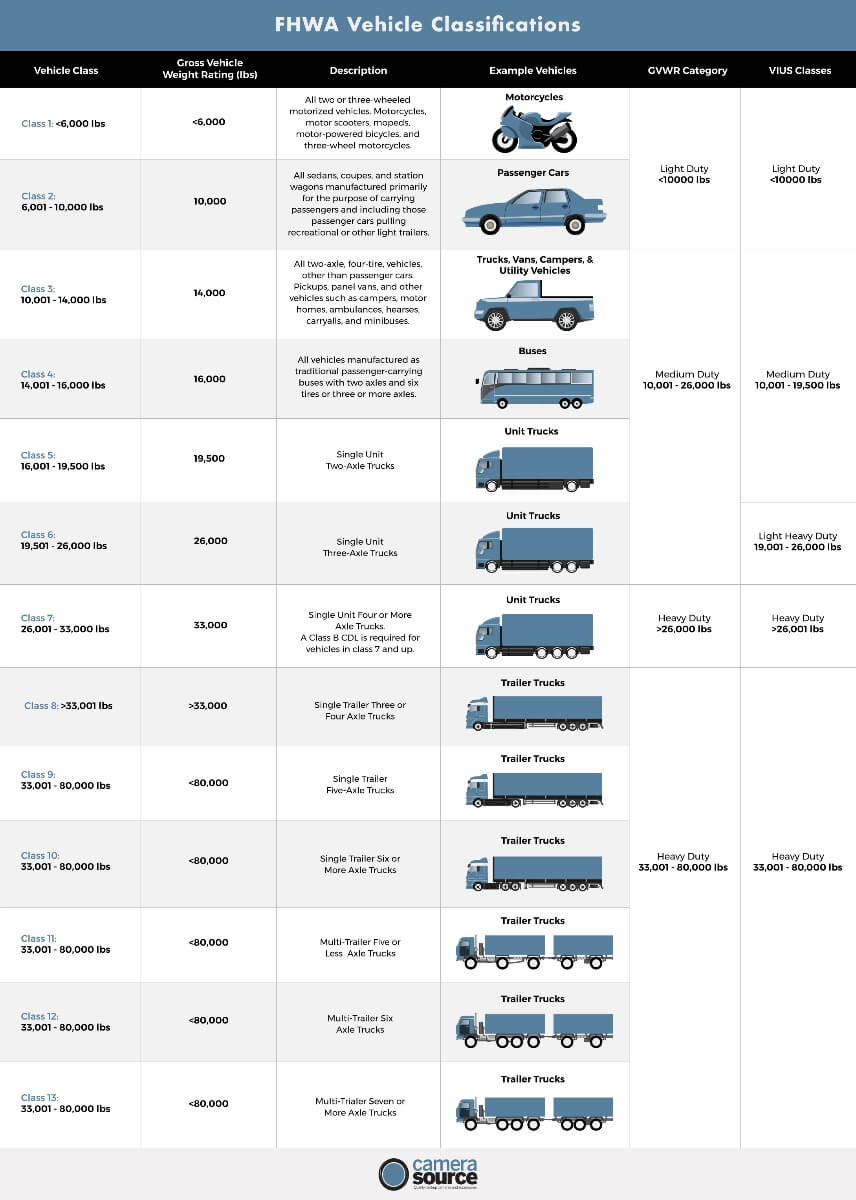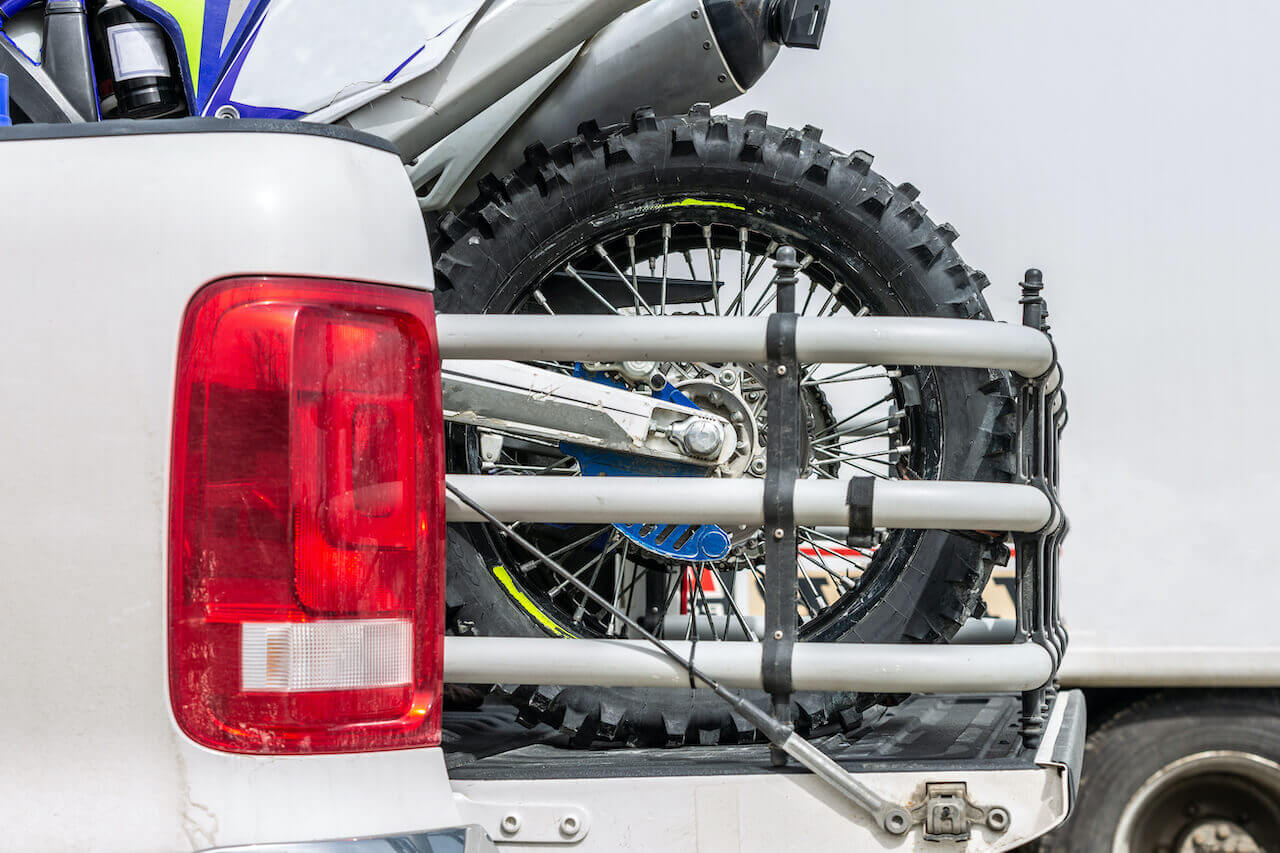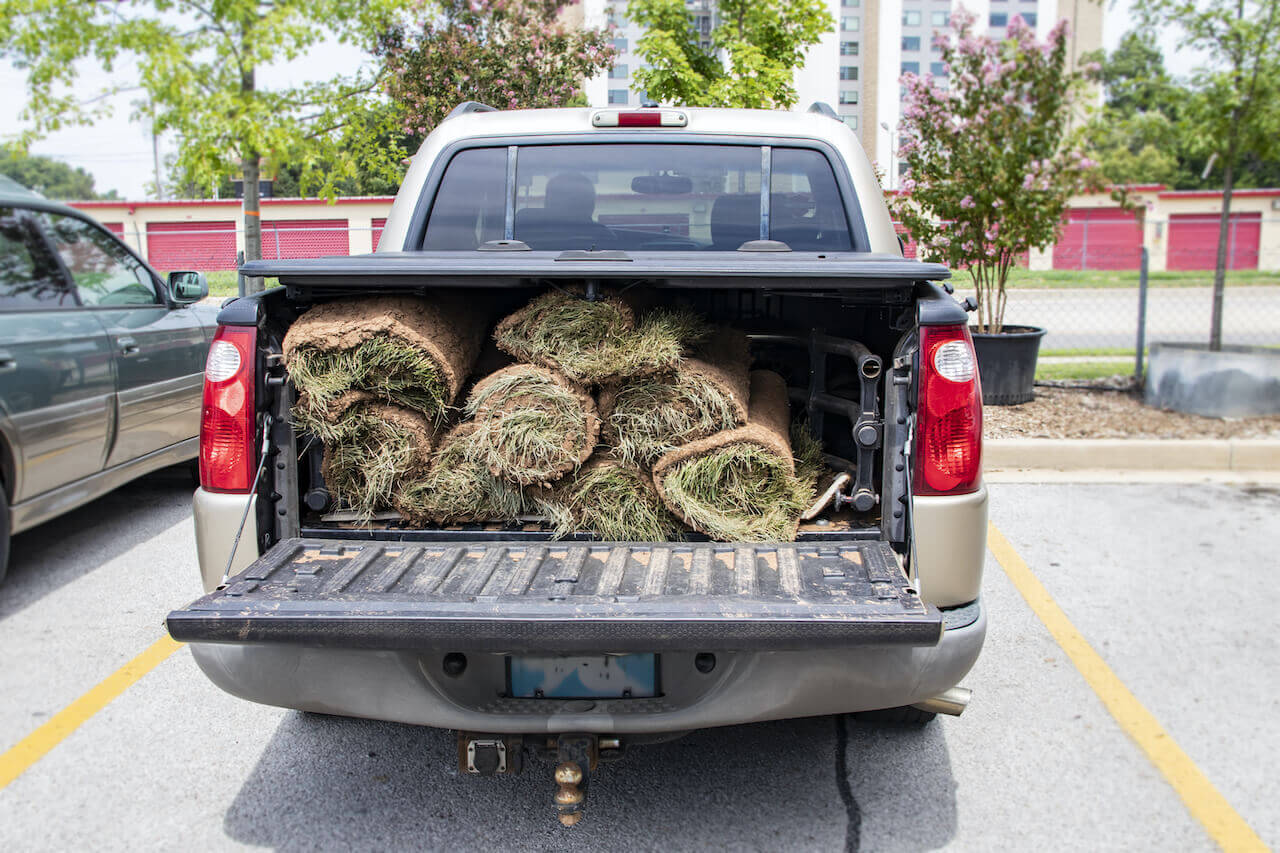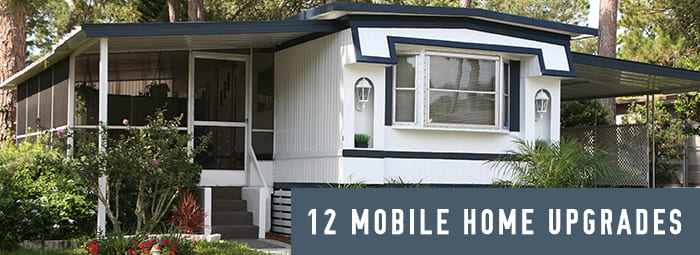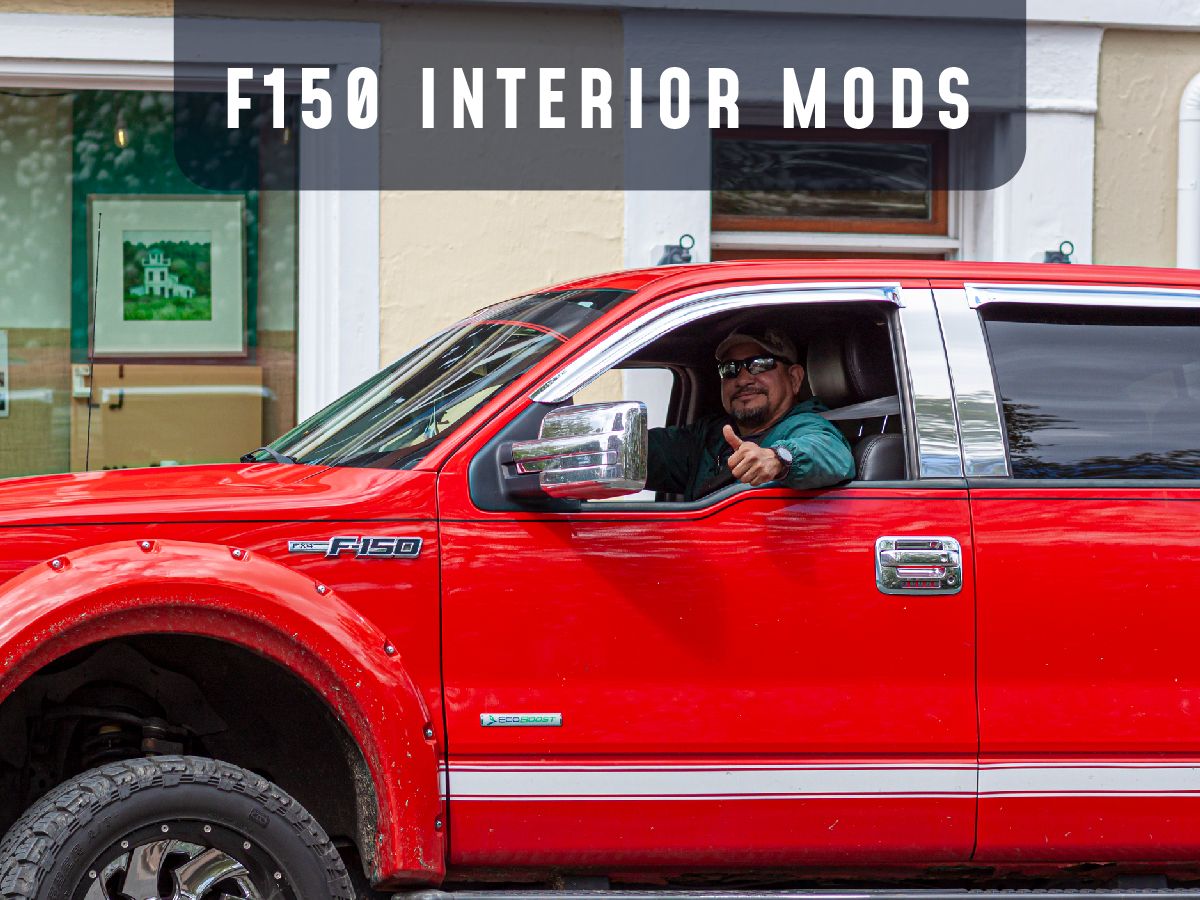Most Americans are probably familiar with travel trailers, fifth wheels, and RVs for road tripping, camping, or living the mobile lifestyle. The latest lifestyle trend is focused around minimalism and includes making adaptations like modifying utility trailers into travel trailers for living. Because they are used for living, the suspension is naturally the most important part of travel trailers and RVs.
The suspension is the primary support for the load a travel trailer can carry, and when it breaks down, the entire structural integrity of your rig can be at risk. A faulty or broken suspension can result in the frame of a trailer being damaged, or even the floor of the trailer itself falling apart. Upgraded suspension increases your travel trailer’s load capacity, and it can also make your travel trailer ride a whole lot smoother, which saves wear and tear on your truck or SUV.
That’s why this guide is here to help you determine the best upgrades to your travel trailer suspension for a longer lifespan and a smoother ride experience. Of course, any sort of major mechanical overhaul like this one needs to be approached with caution, so always refer to your owner’s manual or a professional if you need expert help.
While you’re making upgrades to your travel trailer suspension, you should also consider upgrading your vehicle, travel trailer, or RV by installing a backup camera. Backup cameras make hitching and maneuvering large vehicles like RVs, travel trailers, and boats in and out of parking lots, camping sites, and around obstacles easier as well as safer for your vehicle and those around you. Camera Source offers the highest quality backup cameras for great prices. Start browsing our inventory to find the right truck backup camera, fifth wheel backup camera, and more!
Travel Trailer Suspension System Basics
The common option for travel trailer and RV suspension is the factory-installed leaf springs and shackles. Leaf springs have been used in suspension systems for centuries, although modern manufacturing techniques have greatly increased their strength and reliability, as well as how smoothly or “softly” they do their job, compared to their medieval ancestors.
Leaf springs have a main spring with eyelets at each end and progressively shorter springs fastened by a center bolt. Leaf springs and shackles provide about two inches of vertical travel on your wheels. So what doesn’t get absorbed within that two-inch movement gets transferred into the frame, sidewall, cabinets, and cargo.
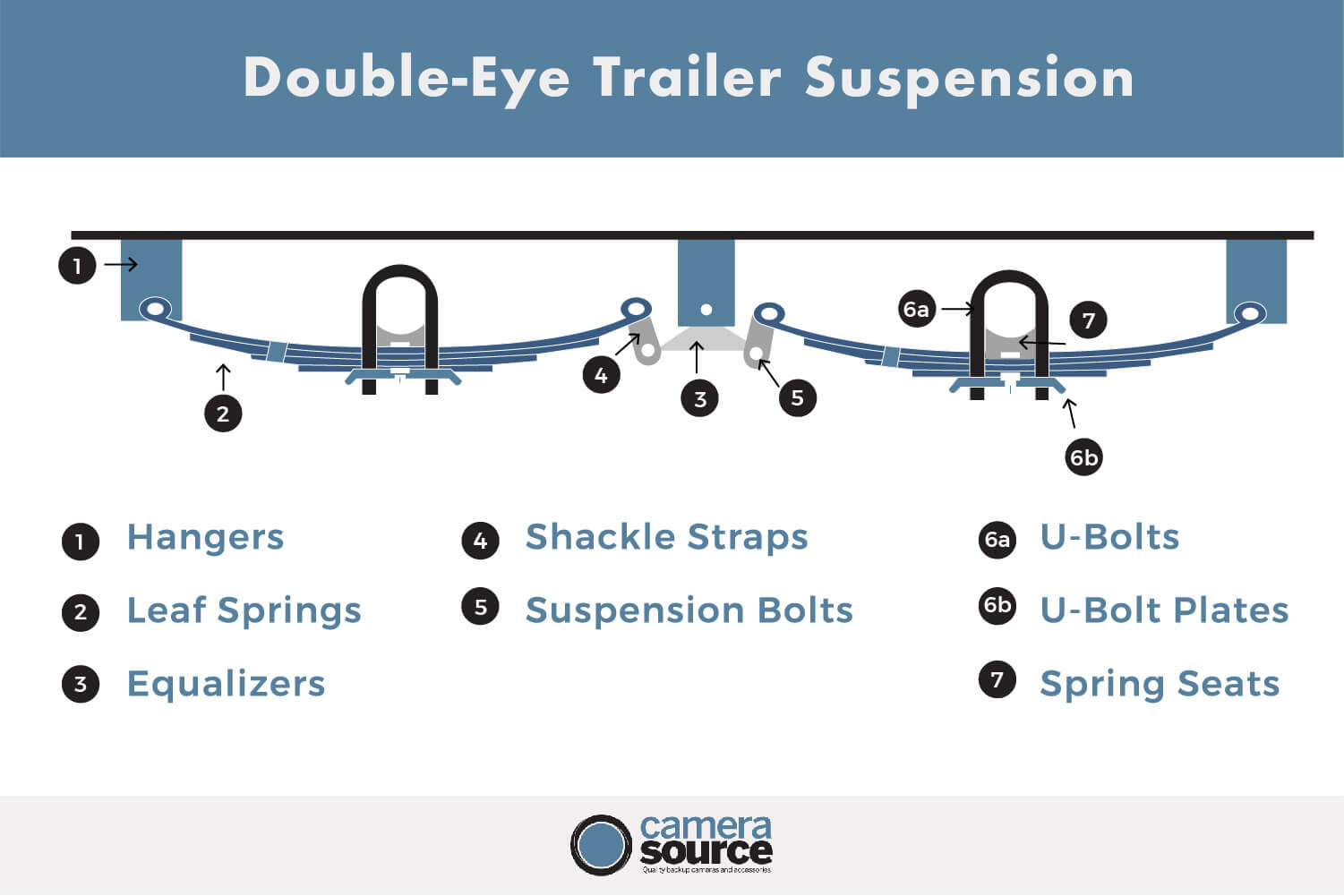
Reasons to Upgrade Your Travel Trailer Suspension
Leaf spring suspension systems have been around for years; however, they can be an antiquated system considering today’s travel trailers have become nicer and heavier while the roads have gotten rougher.
Like other components of the travel trailer, over time the suspension will wear, reducing its effectiveness, and require maintenance or repair. Signs that it’s time to upgrade your travel trailer suspension system include:
- The trailer leans toward one side.
- One tire sits higher in the wheel well than the others.
- The tires on one side of a tandem suspension are not the same distance apart as the tires on the other side of the trailer.
- Excessive turbulence or motion.
- Clunking, grinding or creaking noises while being towed.
- The trailer sways back and forth.
Although these conditions might be caused by the contents of the trailer being poorly distributed, they could also indicate broken or worn suspension components.
14 Travel Trailer Suspension Upgrades for Longevity & A Quieter, Smoother Ride
There are a number of upgrades that can be made to a travel trailer suspension to transport a heavier load or just to experience a smoother, quieter, more comfortable ride. The upgrades available will vary depending on the type of suspension your travel trailer has.
When replacing worn suspension parts, consider upgrading to better components. Suspension upgrades are available from the original equip-ment manufacturer and aftermarket manufacturers. Depending on your travel trailer, suspension upgrades include:
1. Reinforce the Leaf Springs by Adding Coil Springs or Consider Upgrading to Air Springs
Most travel trailer and fifth-wheel suspension systems use leaf springs to cushion the ride because leaf-spring setups are mechanically uncomplicated and inexpensive. A standard two-axle RV suspension system has the leaf springs connected on each axle that provide the suspension travel.
As your travel trailer experiences bumps or dips in the road, those leaf springs flex to try and absorb the road shock and prevent it from being transferred into the coach. The length, width, contour, thickness and number of leaves determine how stiff the leaf spring is and how much weight it can support. Additional coil springs or upgrading to air springs means more weight can be absorbed and redistributed with less wear.

2. Flip the Axle
Leaf-spring suspension systems come in two configurations. Underslung suspensions are designed with the axle mounted over the leaf springs, while overslung suspensions have the axle mounted under the leaf springs. Underslung suspensions make the trailer sit a few inches lower to the ground, which helps lower the trailer’s center of gravity and somewhat lessens the effect of wind resistance while traveling.
Although a lower stance might be beneficial when traveling on a highway, there are situations when it’s advantageous for a travel trailer to sit higher, such as when traveling off-pavement or being towed with a tall vehicle. A slightly higher travel trailer also reduces the chances that low-hanging hardware, such as the dump valves, will be damaged by road obstacles.
Axle-reversal kits provide all the hardware necessary to move an axle from over the leaf springs to under the leaf springs. Axle-reversal kits include new spring plates, spring perches and U-bolts. These kits allow the axle to be relocated under the leaf springs while maintaining its camber. Once you’ve flipped your axles, you’ll have more clearance for bumpier roads.
3. Use a Lift Kit
Lift kits are pretty self explanatory. Similarly to flipping the axle, they elevate the trailer higher off the ground. While this is clear to anyone who’s ever seen a lifted truck, for instance, the reasoning behind why you might want to add a lift might not be as clear.
Lift kits elevate the underside of your vehicle or trailer off the ground, which makes it far less likely for that part of the vehicle to be damaged or effected by ground debris and terrain. On top of this, the added clearance reduces the effect of dips and bumps. If you’re going to be taking a travel trailer over rough terrain that one may experience when camping and going on adventures, this is a no brainer.
4. Align the Axle
Just like the tires on a car or truck, tires on travel trailers and fifth-wheels must be oriented parallel to the trailer’s frame for the suspension to stabilize the trailer and reduce turbulence. Worn or broken suspension components, a bent axle or spindle, improper axle installation, or an out-of-balance load can contribute to axle misalignment. In some instances, the misalignment might be obvious. If your travel trailer’s tires are wearing out prematurely, it’s likely a sign of poor axle alignment.
Correcting axle misalignment may be as simple as balancing the load on each axle. When an axle has more weight on one side than the other, the leaf spring on the heavier side will compress and elongate more than the leaf spring on the lighter side, creating an out-of-alignment condition and a bumpier ride. Correcting the balance will correct the alignment, and allow for more stability and less wear and tear on the vehicle.
5. Upgrade to an Air-Ride Equalizer or an Equalizer with Rubber Dampers
Between leaf springs, you have a center rocker called an equalizer. This component rocks back and forth in the frame hanger to equalize the weight on your axles. Without this component, the weight would disproportionately shift to the lower axle as you drive over bumps in the road.
Equalizers attach to a central hanger welded to the trailer’s frame. Shackle links and bolts connect the leaf springs to the equalizer and allow the springs to lengthen when compressed. Most travel trailers and fifth-wheels are equipped with triangle-shaped equalizers made of solid steel to stabilize the movement.
You can upgrade to an equalizer that includes rubber dampers that absorb road shock and vibration, improving ride quality and reducing wear. Another option are air-ride equalizers, which employ air bags to stabilize the trailer’s ride and reduce turbulence. The lack of contact between metal parts can help extend the longevity of your suspension’s effectiveness.
6. Add Strut Braces
A strut brace or a strut bar is a metal rod that connects the front and rear strut towers of your vehicle to improve their rigidity. While this upgrade can be of questionable value to a car’s integrity, as strut bars only really improve certain types of suspensions, it can be of excellent use to a travel trailer. Trailer suspensions are often weak between the strut towers, but with an effective strut brace, you’ll avoid some of the damage that can occur when things start a’rockin.
7. Upgrade to Air Shocks, Heavy-Duty Shocks, or Ride Adjusting Shocks
Air shocks, heavy-duty shocks, and ride adjusting shocks can provide a much smoother ride at the expense of having an additional moving part on your vehicle. Basically, most of these types of shocks use an air compressor to keep the suspension “floating” and absorbing shock.
Air shocks and heavy-duty shocks can be a great pick for travel trailers, especially ones that will be carrying a heavier load. Their most common usage is found on semi tractor trailers, so it’s worth considering if you’re going to be headed over difficult terrain or bearing something heavy.
8. Upgrade to a Heavy-Duty Shackle
The shackle assembly ties the factory-installed RV suspension together. The hardware that connects the leaf springs to the equalizer is called a shackle assembly. The industry-standard shackle assemblies are quarter-inch thick shackle plates with plastic nylon bushings and dry bolts.
Over time the plastic bushings will begin to wear through, allowing metal on metal contact between the bolt and the leaf springs or equalizer. In turn, the bolt holes on the shackle plates can begin to wear. This could eventually wear to the point where they snap. This wear and tear on the suspension results in more turbulence. You can combat this wear and tear by upgrading to a heavy-duty shackle to keep your suspension in top performing condition.
9. Replace Nylon Bushings with Bronze Bushings
If you’re not prepared to replace the entire shackle, you can start by upgrading its parts. Shackle bolts, spring eye bolts, and equalizer bolts all serve as pivot points in a suspension system. To reduce friction between the bolts and the suspension components, bushings — typically made of nylon — are inserted in the leaf-spring eyes and in the equalizer. Better-quality, higher-cost systems use brass or bronze bushings, and the suspension bolts include zerk fittings so the user can add grease as needed for maintenance. These reduce wear and tear and help reduce turbulence.
10. Upgrade to Wet Bolts
A common upgrade is replacing nylon bushings with wet bolts. Wet bolts include brass or bronze bushings and greasable bolts. Why pick a wet bolt? Well, greasable bolts allow grease to be injected between the bolt and bushings, which results in longevity. A general rule in the world of travel trailers is that greased and lubricated parts last longer and work more effectively than ones that are not. Wet bolts in your travel trailer ‘s suspension will keep it in optimal condition for reduced turbulence.
11. Install Disc Brakes
Switching to disc brakes reduces your stopping distance by up to 30%. Disc brakes apply pressure on the wheels with more powerful and consistent force than drum brakes. This not only results in a shorter stopping distance, but a smoother stop in general. Additionally, disc brakes are a good choice because their self-contained design doesn't retain excess water, which not only prevents corrosion, but also doesn’t reduce their function when wet.
12. Switch to Bigger Wheels
Similarly to a lift kit, bigger wheels provide more clearance to travel trailers. The added lift of larger wheels can create a cushioning effect that makes rides feel smoother and more secure. While the upgrades to your springs and shocks can do plenty to improve the overall performance of your suspension system, you can gain additional benefits by using bigger wheels. In fact, the upgrades can give your vehicle the needed clearance for a larger size of wheels.
Granted, there are other factors to consider apart from suspension when you add larger wheels to your truck. Oversized tires, for example, can boost the cushioning of your vehicle and allow you to get more mileage per gallon, but they also require more torque to spin. Consequently, the benefits you gain in certain areas could be offset in other ways with larger tires.
13. Install Shock Absorbers
Shock absorbers don’t actually absorb shock. In fact, they dampen the movement of suspension. When a travel trailer hits a bump, the suspension is compressed, moving toward the trailer’s frame, and absorbing the shock that road irregularities produce.
Although shock absorbers play an important role in suspension systems, only a few travel trailers and fifth-wheels come equipped with them. Even though travel trailers are not built for passenger comfort, a rough-riding trailer is subject to premature wear and damage to its contents. Shock absorbers are a great upgrade to reduce turbulence and wear on the suspension.
14. Replace the Leaf Spring Suspension with a Torsion-Axle Suspension Systems
Rubber torsion suspensions have several advantages over leaf springs. For starters, there is no metal-to-metal contact between moving parts, eliminating the chance of worn metal components. Rubber is used as a spring, creating a smoother ride with less vibration. Torsion-arm axles bolt to the trailer frame, making installation and replacement simpler. And by bolting directly to the frame, a torsion axle acts as a crossmember and adds strength to the trailer frame.
Torsion suspension systems are somewhat more costly, on average, than leaf-spring suspension systems. Unlike leaf springs, torsion systems are true independent suspension systems. Because torsion axles are designed to work independently, they do not provide equalization between the axles when used in a tandem- or triple-axle system. This provides more stability and less turbulence.
Protect Your Travel Trailer (& more) with Camera Source
Following a regular schedule of inspection and maintenance will increase the reliability and longevity of any travel trailer or fifth-wheel. Installing upgraded heavy-duty components will pay dividends through decreased repair bills and less downtime. All of these add up to more miles of trouble-free towing.
On top of it all, a great upgrade to a travel trailer is a quality backup camera. At Camera Source, there are plenty of options, all available with different levels of features and price points. Get in touch with our experts or start browsing our travel trailer and RV backup cameras today!
